When photographing in different communities, the presence of a camera can be intrusive. In a new series by columnist photographer, and former IMAGO editor Sofia Bergmann, she discusses questions and challenges in photography by drawing from her experiences.
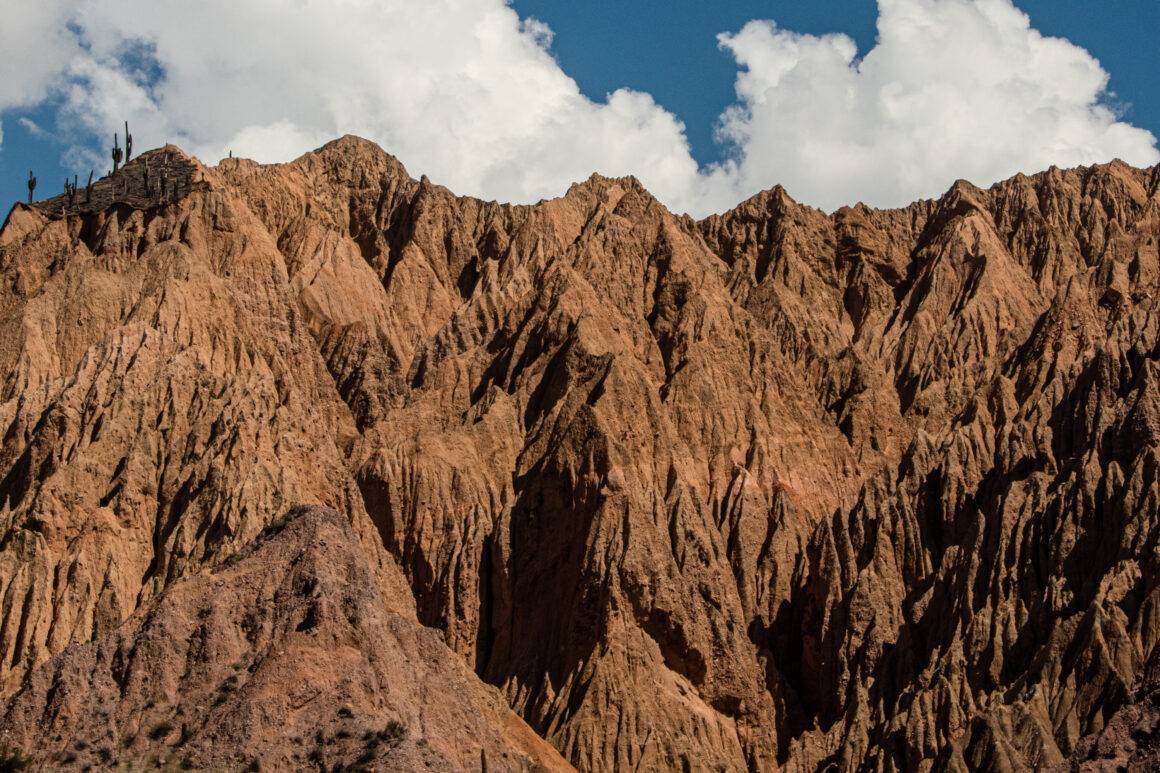
The Intrusive Photographer: Indigenous Communities
Delicate topics are never easy in the realm of photography. Not only when photographing but also when choosing photos at IMAGO’s picture desk, I have run into dilemmas both editorial and ethical. Being intrusive, whether through publishing on the news or through entering someone’s home, is as arbitrary as it is instinctual: Since photography’s invention, photographers and editors have developed approaches measuring whether something crosses the line in an intrusive way.
“A local friend mentioned that many in the region believe what photography theorists have struggled with since the invention of photography: portraits steal the soul.”
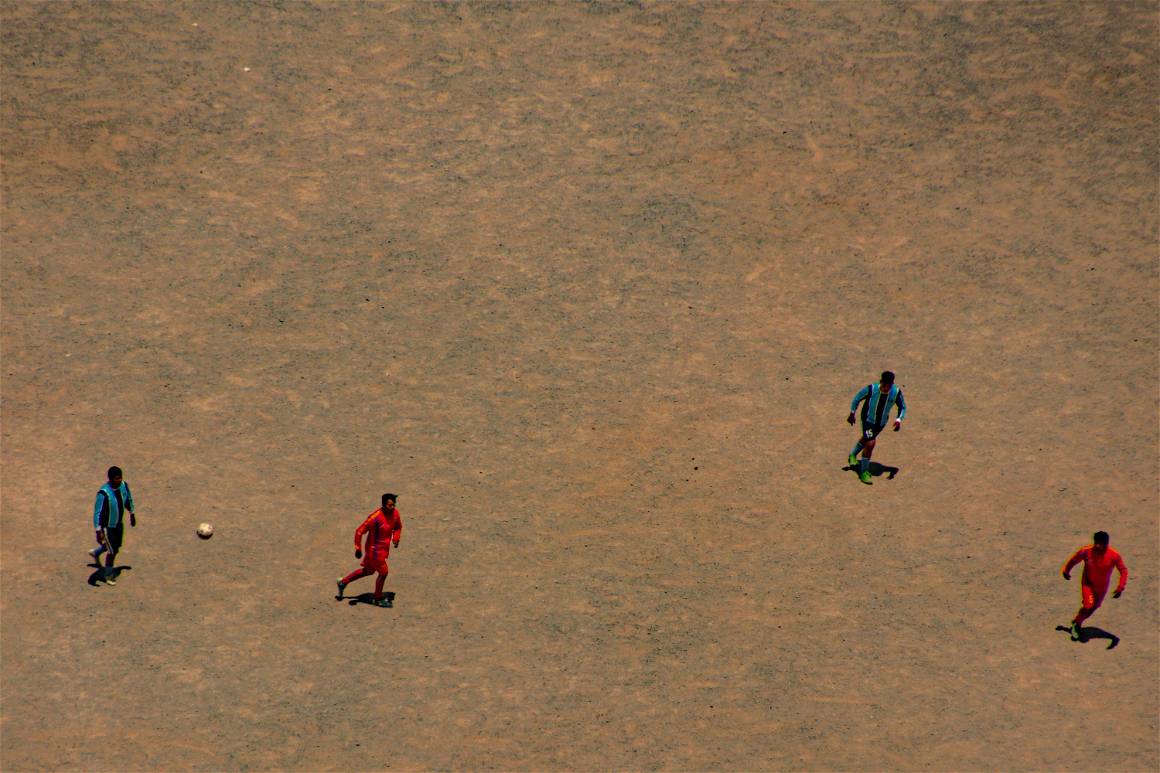
Recently traveling and photographing through northern Argentina, these questions seemed to echo even louder than before. Northern Argentina is one of the few regions in the country that has held on to its indigenous roots and Andean Incan culture. Being a photographer suddenly felt like being an intruder. Leaning into this sensation that my camera was intrusive through body language and interactions, I carefully navigated documenting different towns by avoiding people’s faces and turning my lens to the otherworldly and powerful mountain landscapes.

A local friend mentioned that many in the region believe what photography theorists have struggled with since the invention of photography: portraits steal the soul. In an 1889 essay by German ethnographer, geographer and cartographer Richard Andree, Ethnographische Parallelen und Vergleiche, the first ideas of portraits robbing the soul, or ‘Bildnis raubt die Seele’ emerged, inspired by 19th century Scottish folklore studies by James Napier. Having one’s likeness repeated, especially to the accuracy of a photograph as opposed to a painting, was something many cultures saw as a form of domination over the subject. Studies and research continued to argue different ideas surrounding the reluctance towards photography, including Paul Kane and J.G Frazer up until the groundbreaking photography and film theorist Susan Sontag argued in 1977 about the rift in cultures that are apprehensive towards being photographed, which in a way symbolized a subjection to western modernity for many indigenous communities. With the emergence of the internet, this controversial debate continues to swirl in the discourse among photographers around the world. But even in Germany, the culture of strict privacy also impacts photographers and their role. As an IMAGO editor, we received almost daily calls from individuals who ended up in someone’s photo wanting it taken down. Having been introduced to these theories of intrusive photography several years ago, I entered these communities in northern Argentina with great caution.
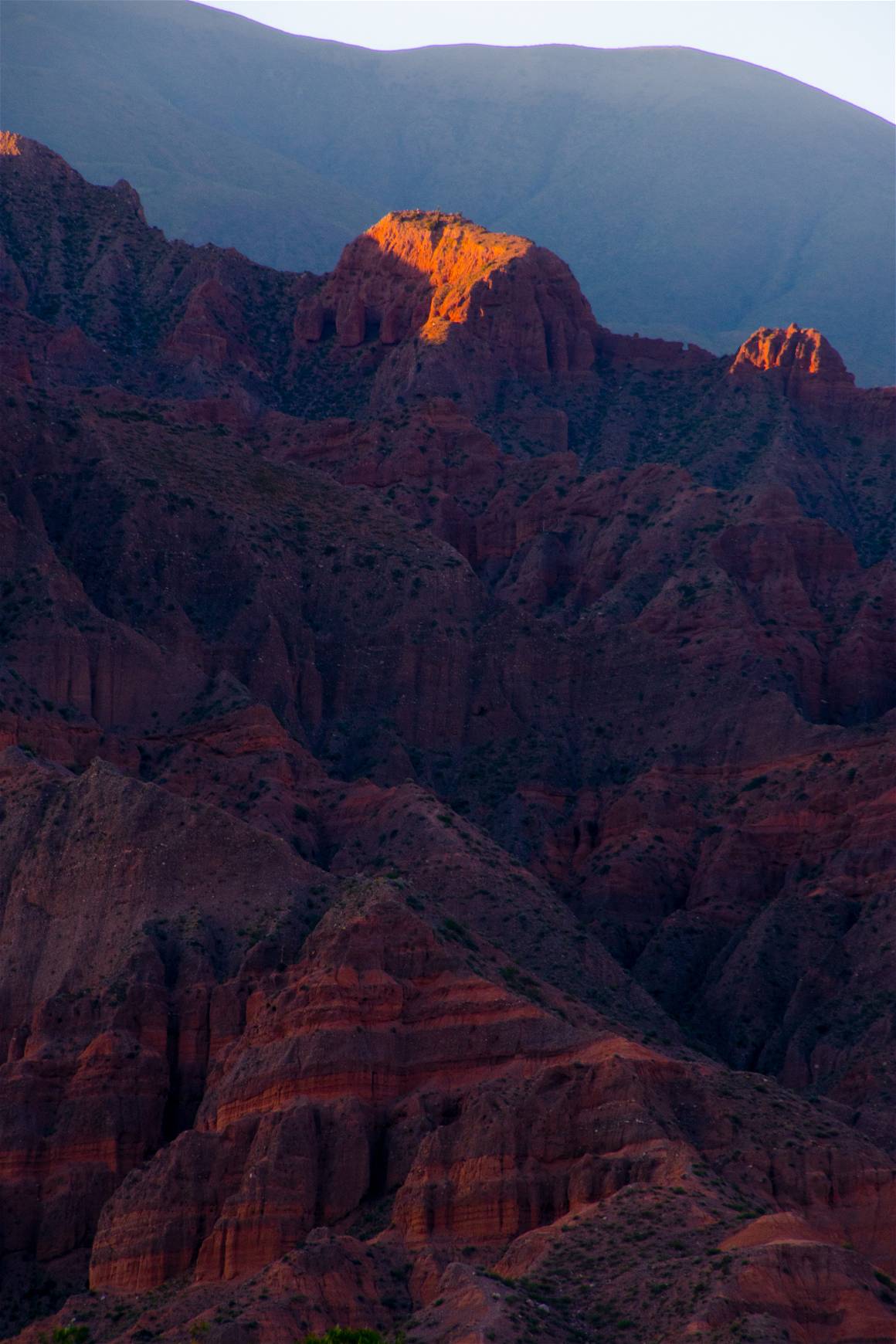
“I quickly turned my lens to the mountains and their unwavering, overwhelming presence. But the camera’s inability to truly capture the magnitude of what’s in front of it became the next challenge. ”
As I arrived in the town of Tilcara in the province of Jujuy, my camera seemed more like a fashion statement than a piece of technology. I felt seen. Locals often made sure to avoid its field of vision, watching me pass to ensure I was not going to sneak a photo of them or their child.
The Pucará of Tilcara (now the name of the Indigenous community and archeological site of the old city) was originally built over 10,000 years ago by the Omaguaca tribe before the Incan empire took over to use it as an outpost in the late 15th century until the Spanish conquest. Although it may now seem like a small remote mountain village, it was one of the most important and strategic political and military towns during Inca rule, at one point housing over 2,000 people who developed advanced architecture and farming methods. A pride in their history but also in their preservation of many traditions like folkloric music and dance, artisanry and food, translates into a desire to remain unseen and protected from the world. I understood that my photos had to be discrete and welcomed by my subjects, unless I was going to spend an extended amount of time here to earn their trust.
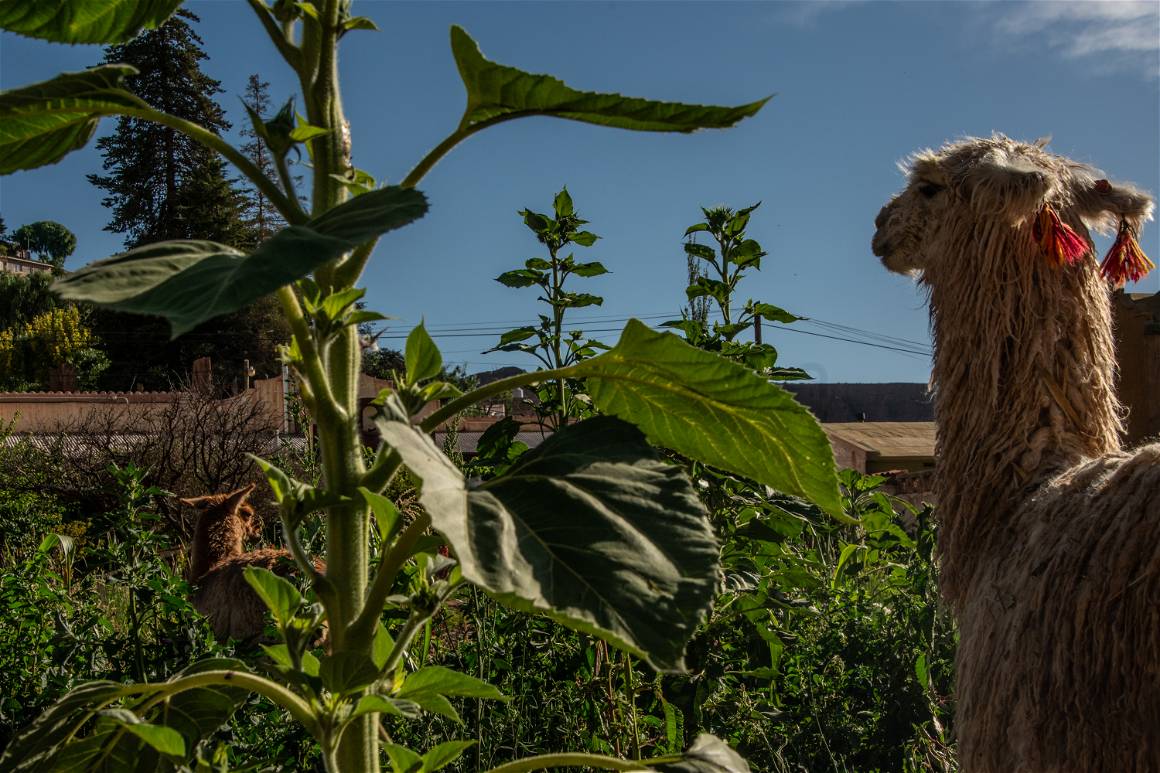
In Tilcara, local tourism has managed to find its way into different pockets of its culture, as it is a popular tourist destination within Argentina: Trendy hostels, a few nice hotels, restaurants advertised on Tripadvisor, gift shops, tourists with cameras, and even a Western Union. Other towns I visited such as Humahuaca, Pumamarca and especially Iruya however, are much smaller and more isolated. Although some time has passed since my visit to Iruya, I still find myself grappling with how such a small town left such a strong impression on my self-awareness as a photographer — a guest in another world. An intruder.
Outsiders are not unwelcome, but the indigenous community of Iruya does not strive to be a tourist destination either. I quickly turned my lens to the mountains and their unwavering, overwhelming presence. But the camera’s inability to truly capture the magnitude of what’s in front of it became the next challenge. It was almost as though neither the people nor the landscape were ready to be photographed, begging to be left in peace.

From above, Iruya seems like a tiny speck on the map, yet it is this delicacy which to me, gives it its autonomous and relentless power. Entirely swallowed by cliffs that feel like endless walls touching the sky from every angle with stoic colors and rock formations, it was one of the most gripping places I have ever visited. It was only founded and built in the 15th century and continues to survive as an ecosystem being so geographically and culturally secluded. With just over 1,000 inhabitants, the nearest town Humahuaca is about 3-4 hours away by bus on a bumpy road that closes during heavy rainfall. At about 3,000 meters altitude, Iruya is an indigenous Kolla community with Incan origins mixed with Hispanic culture — the first aboriginal settlers arrived in the mid-1600s and its main church was built in 1690. Technically in the northern province of Salta, it can only be reached by a road from the Jujuy province. While I was reluctant to take photos of Iruya, capturing the town from above attempted to maintain a respectful distance and tell its story through its mountains.
As a photographer, there can be times when the camera should be kept down – it is something that I decipher through a sensitivity to the people around me. Like in northern Argentina, I am always finding different ways to respectfully photograph and tell stories from places that are someone else’s home, identity and history.
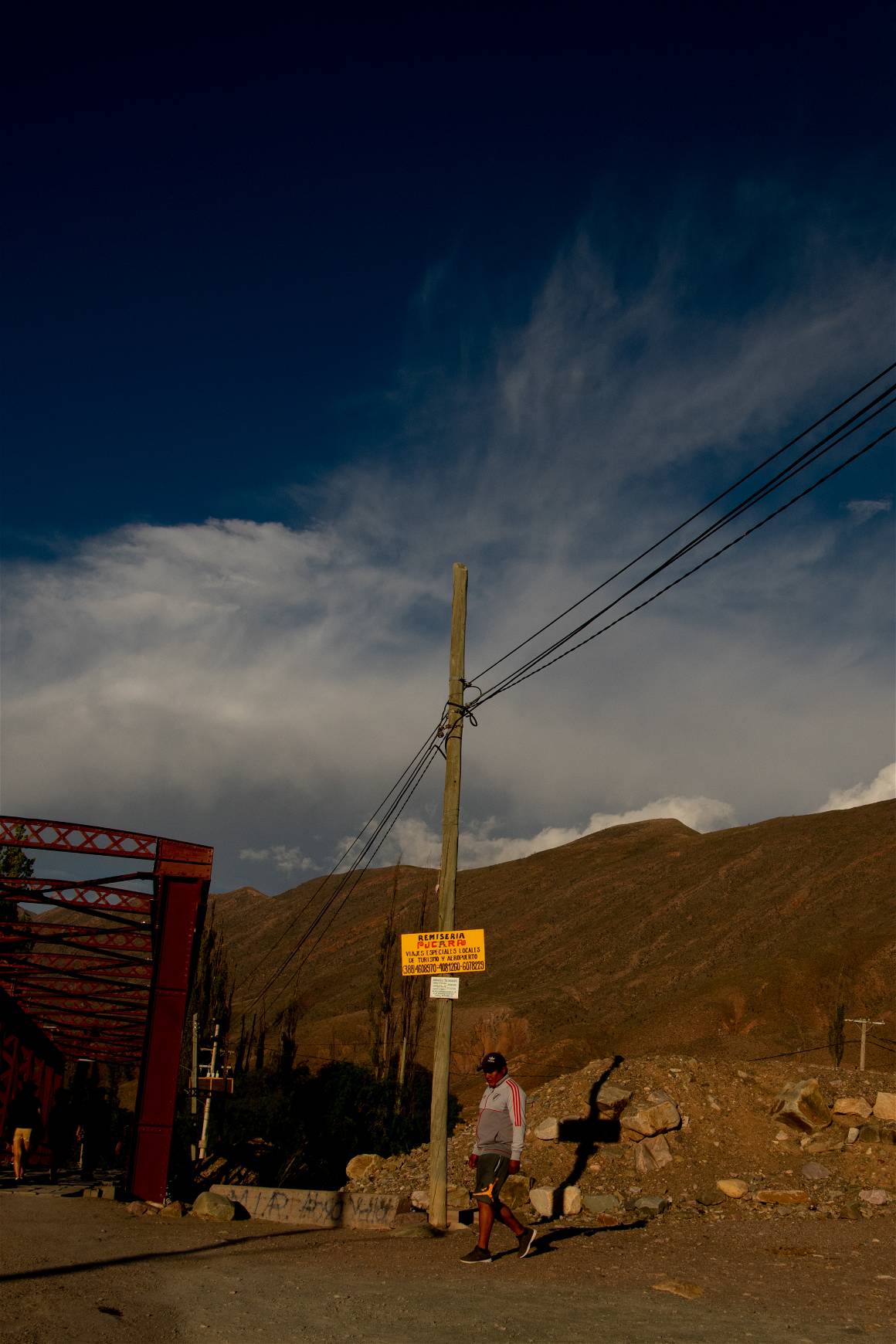
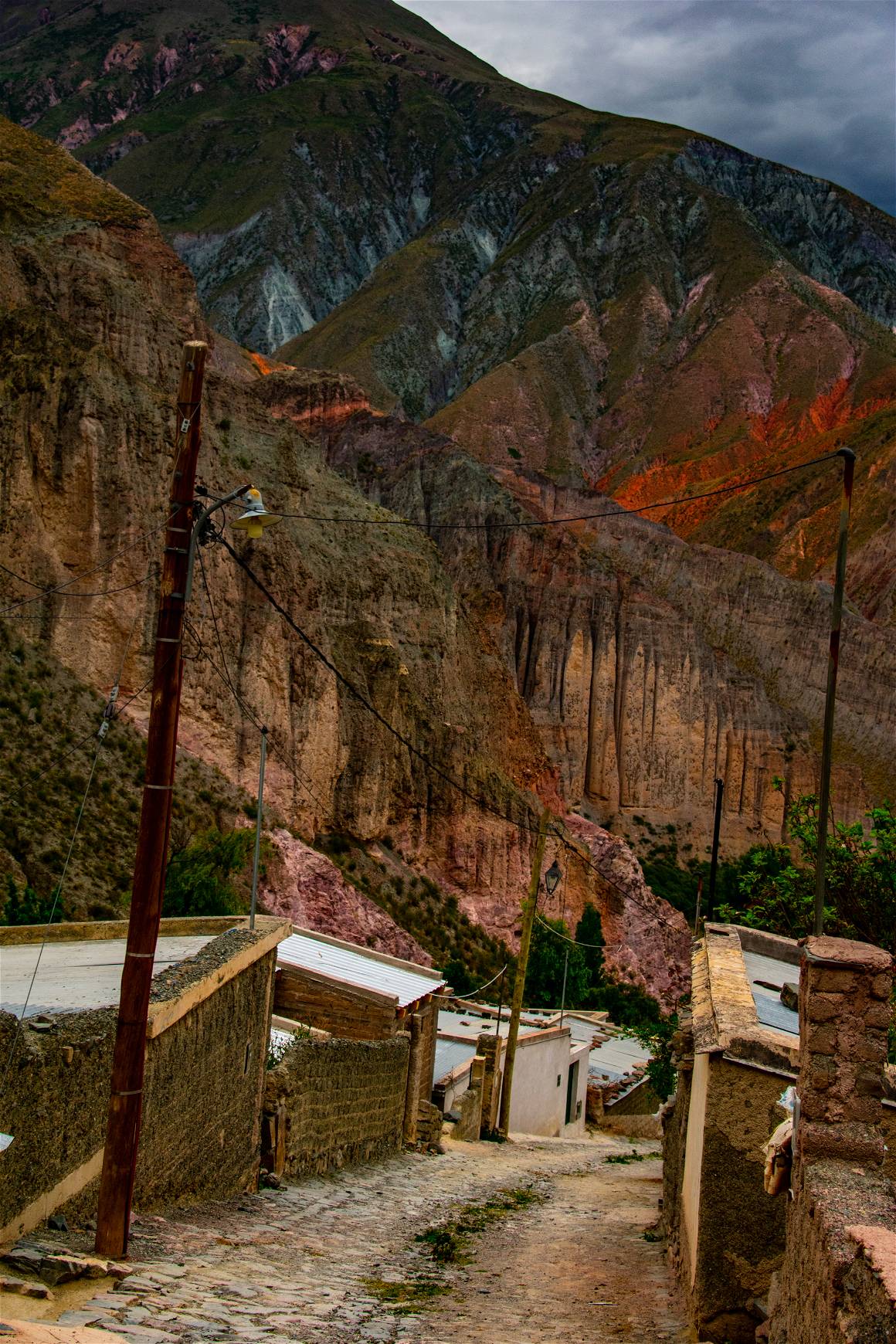
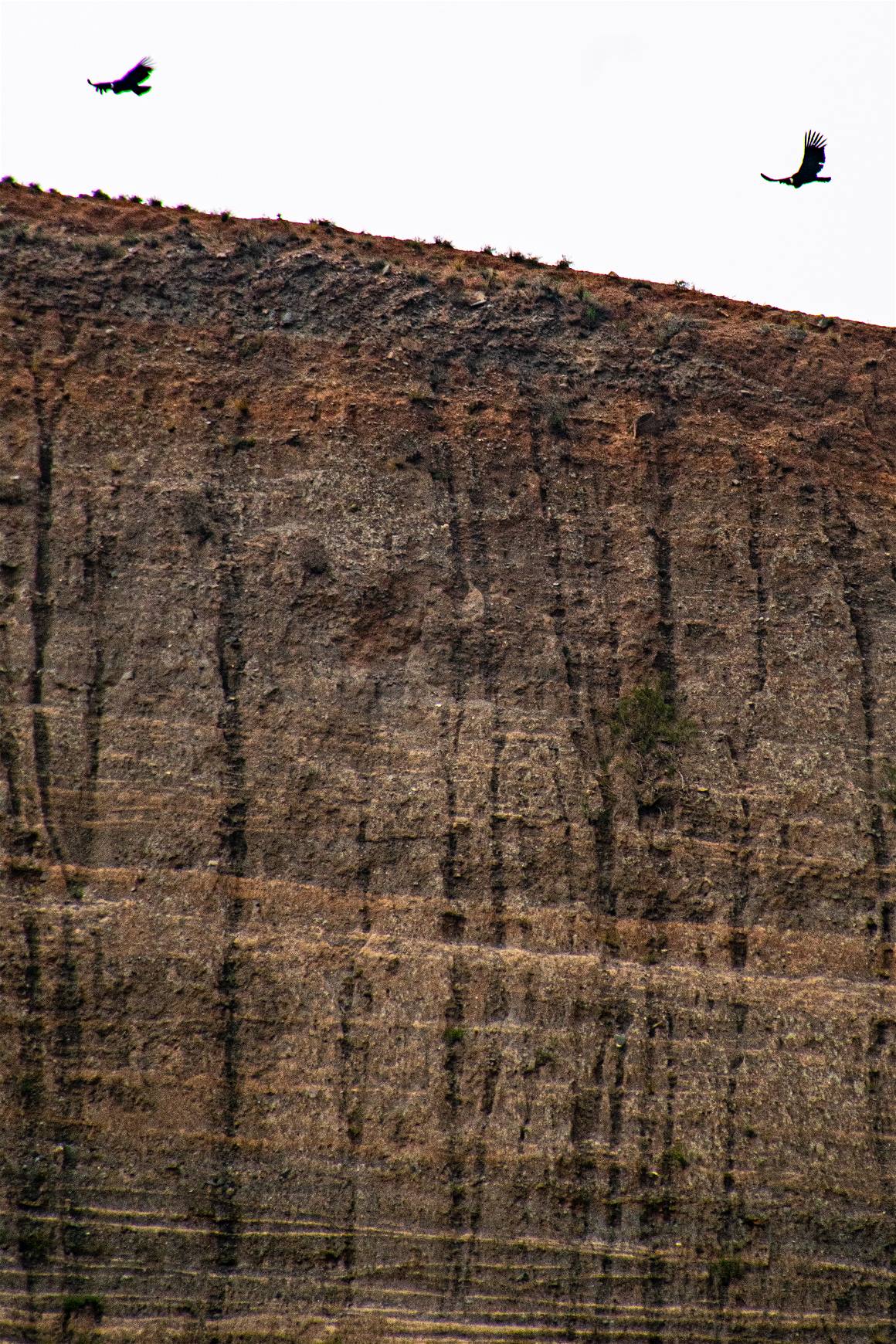
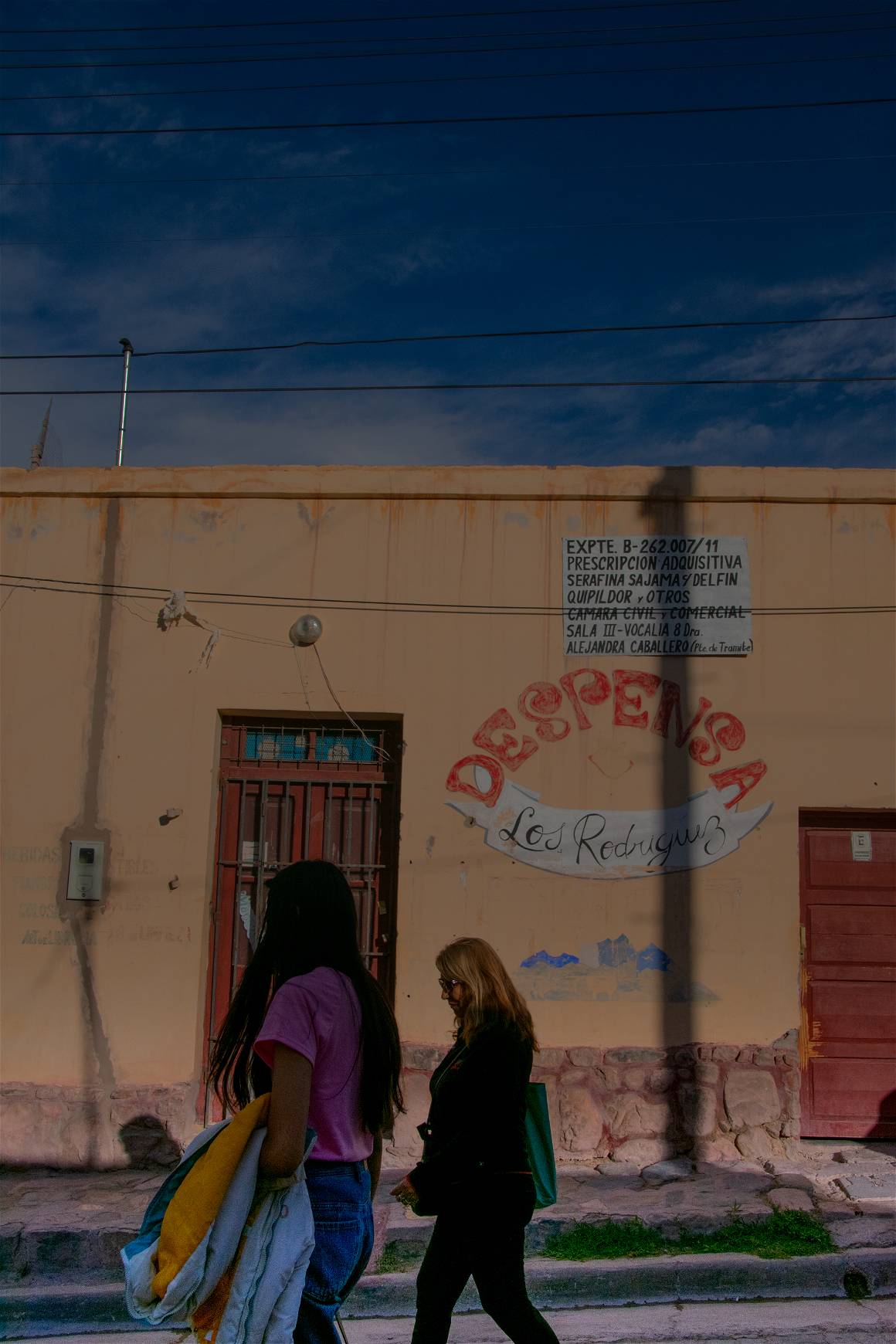

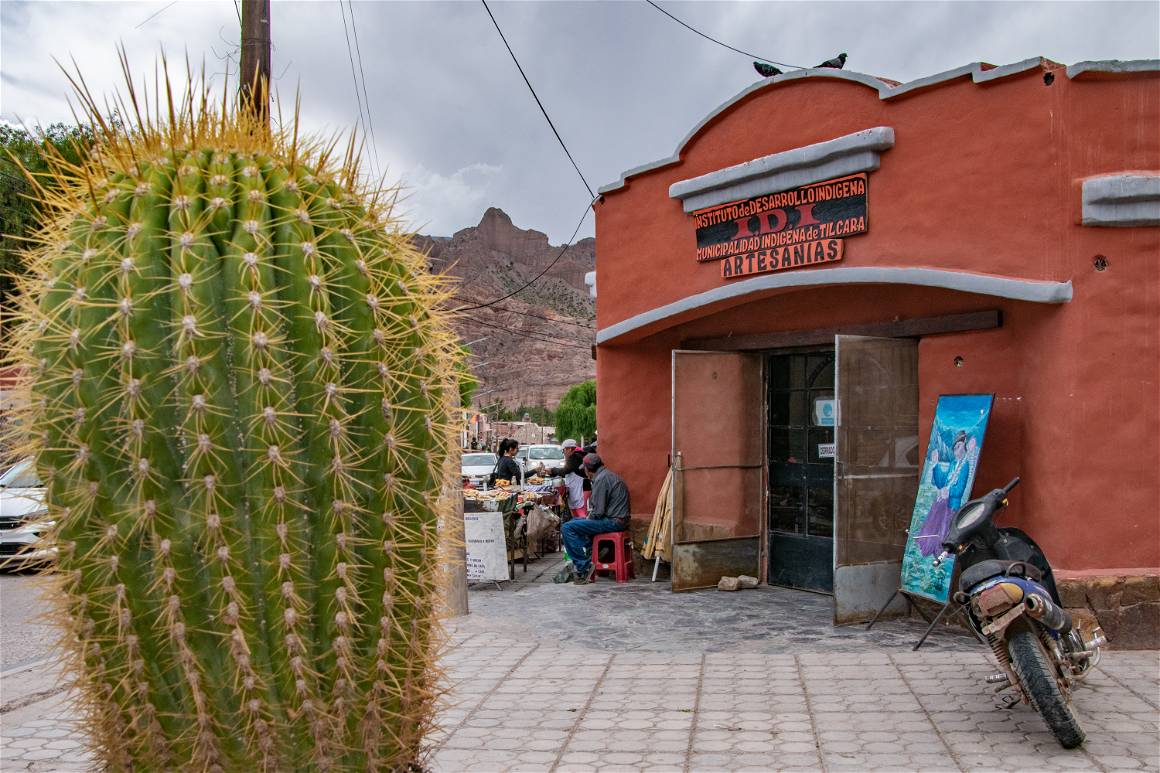
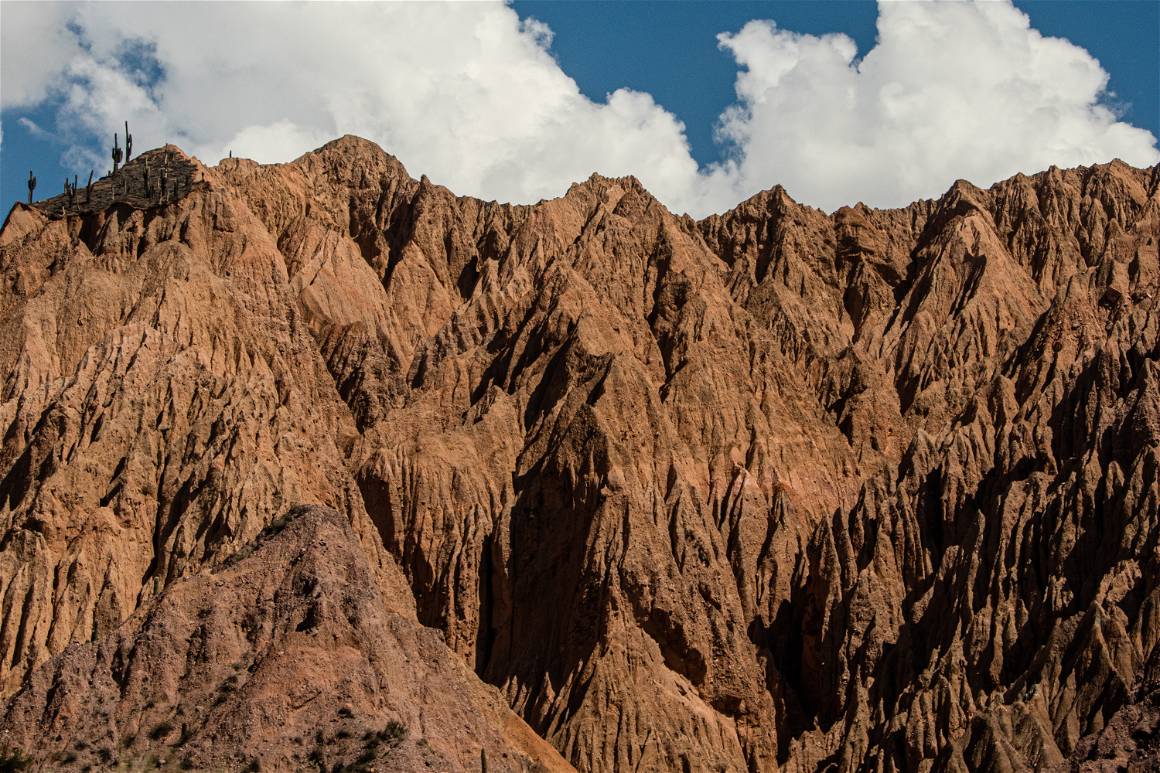
Sofia Bergmann is a journalist, photographer and former editor at IMAGO. In this new column on The Game, she will continue to discuss different questions and experiences faced in photography. Up next, she will continue dissecting ‘The Intrusive Photographer’ with a reportage from Nagorno-Karabakh before it was occupied in the current war with Azerbaijan.


